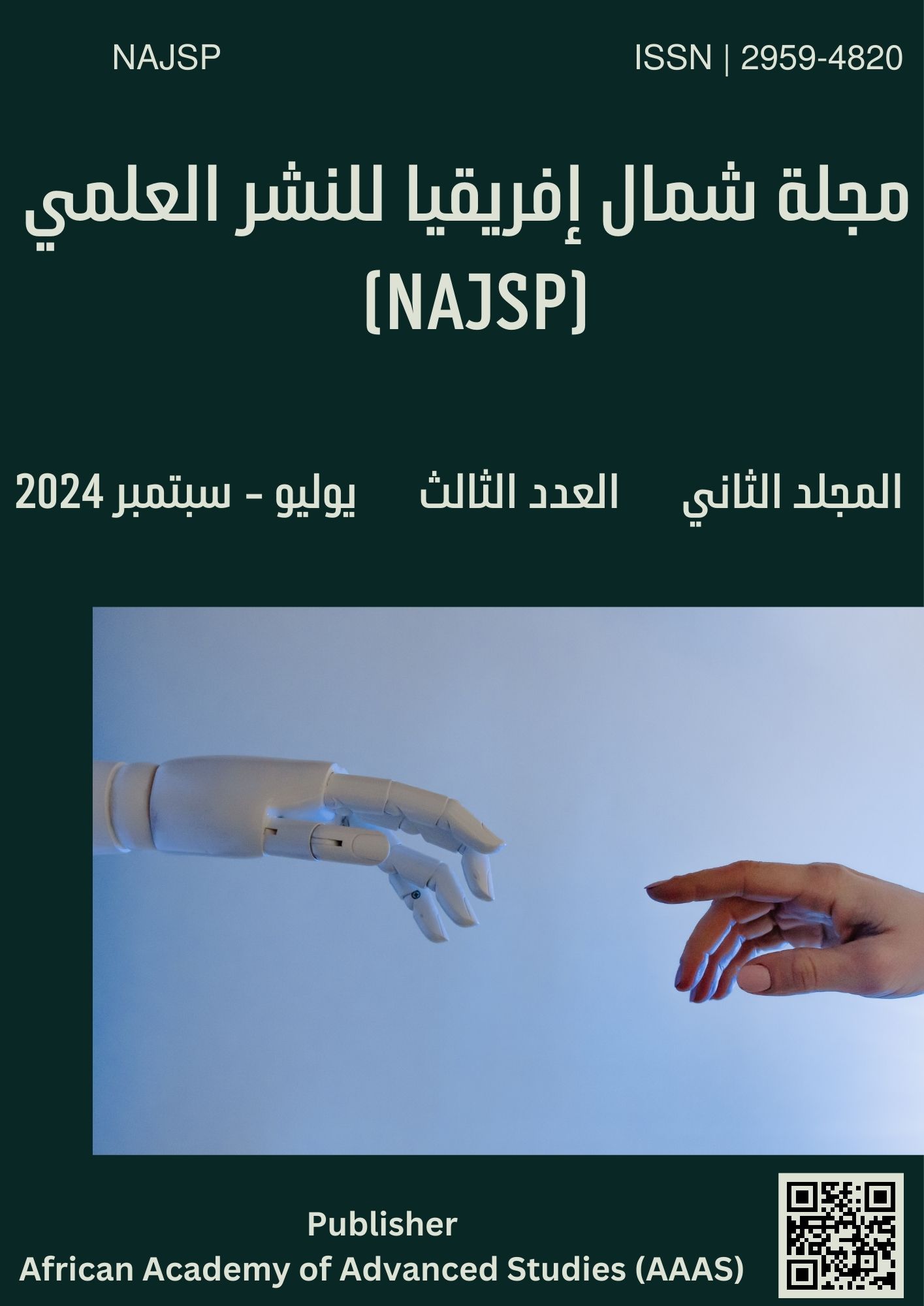Comparison Between Ultrasound and Anatomical Landmark Guided Technique for Nerve Block Anesthesia
DOI:
https://doi.org/10.65414/najsp.v2i3.205الكلمات المفتاحية:
Nerve block, anatomical landmark, upper limb nerve, ultrasound-guidedالملخص
Background: Nerve block involves the injection of a local anesthetic near a specific nerve to alleviate pain in the corresponding body region, during or after surgery. This technique utilizes ultrasound guidance as the standard procedure for nerve localization. The simultaneous visualization of the target nerve, insertion needle, and local anesthetic injection, facilitated by ultrasound and anatomical landmarks, is a key advantage of this approach. This study aims to compare the efficacy and safety outcomes of ultrasound-guided nerve block anesthesia versus the anatomical landmark technique. Method: In a cross-sectional study, we surveyed 80 patients who underwent nerve block anesthesia. Participants were assigned to either ultrasound-guided technique (Group A) or anatomical landmark-guided technique (Group B). The patients' ages ranged from 25 to 80 years. The study was conducted at three healthcare facilities in Tajoura. Result: Results: Overall, 47.5% of patients experienced no side effects, 32.5% had nerve injury, and 8.8% had vascular injection. Compared to the landmark group (27.5%), the ultrasound group had a higher proportion of cases with no side effects (58.8%). However, the landmark group had a significantly higher rate of nerve injury (65%) than the ultrasound group (0%). The ultrasound group had a slightly higher rate of vascular injection (10%) than the landmark group (7.5%). Conclusion: Ultrasound-guided and anatomical landmark techniques for local anesthesia were equally effective in terms of anesthetic volume and onset time. However, the ultrasound approach demonstrated a significantly lower incidence of side effects, particularly nerve injury and vascular injection.
التنزيلات
منشور
كيفية الاقتباس
إصدار
القسم
الرخصة
الحقوق الفكرية (c) 2024 Ghada Rajab Alnaeli, Sara A. Hwisa, Ghada M. Salem, Rawasy Fathi Sowan, Hana Mustafa Alkurdi, Rawnda Othman, Omaima Abd Almajed Alzwawi

هذا العمل مرخص بموجب Creative Commons Attribution 4.0 International License.







